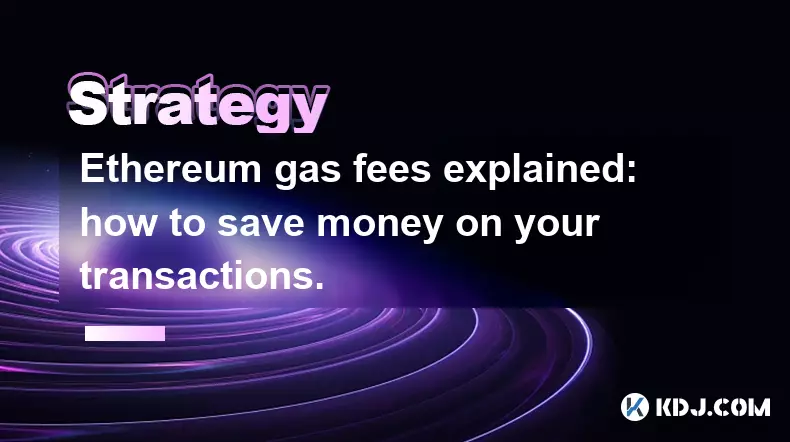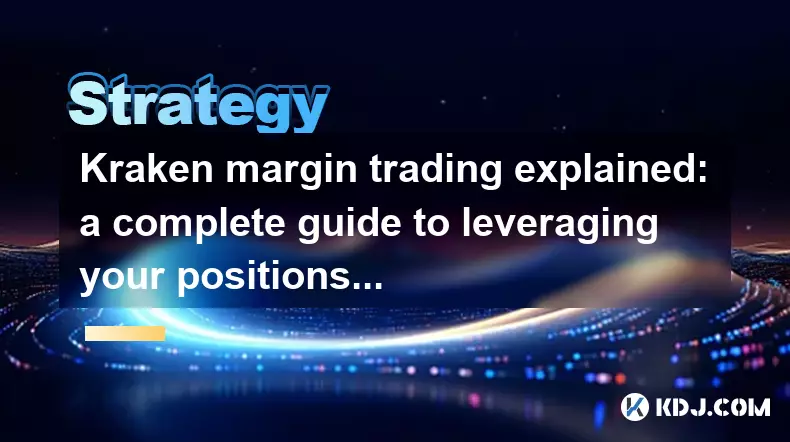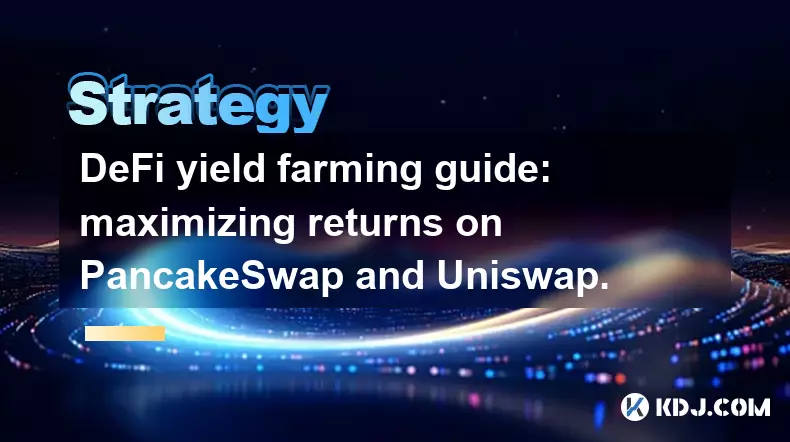-
 bitcoin
bitcoin $103094.926080 USD
3.95% -
 ethereum
ethereum $3398.208576 USD
6.43% -
 tether
tether $0.999971 USD
-0.04% -
 xrp
xrp $2.326205 USD
9.96% -
 bnb
bnb $947.145845 USD
4.46% -
 solana
solana $160.315987 USD
7.54% -
 usd-coin
usd-coin $1.000014 USD
0.01% -
 tron
tron $0.288163 USD
2.37% -
 dogecoin
dogecoin $0.164881 USD
5.50% -
 cardano
cardano $0.536519 USD
7.14% -
 hyperliquid
hyperliquid $40.526327 USD
6.62% -
 chainlink
chainlink $14.898178 USD
5.68% -
 bitcoin-cash
bitcoin-cash $483.923206 USD
4.44% -
 ethena-usde
ethena-usde $0.999280 USD
0.02% -
 stellar
stellar $0.276354 USD
6.32%
KuCoin trading bot strategy: automating your trades for consistent gains.
KuCoin’s API-powered trading bots enable automated, 24/7 trading across spot, futures, and margin markets with strategies like grid trading, trend following, and scalping.
Nov 03, 2025 at 01:36 pm

KuCoin Trading Bot Overview
1. KuCoin offers a robust API infrastructure that supports third-party and native trading bots, enabling users to automate their trading strategies across multiple markets. These bots operate 24/7, analyzing price movements, order books, and volume data without emotional interference.
- Traders can deploy bots for spot trading, futures, and margin positions, depending on the platform’s integration capabilities. The automation allows precise execution based on predefined rules such as moving average crossovers, RSI thresholds, or Bollinger Band breakouts.
- One of the core advantages is backtesting functionality, where historical market data is used to simulate how a strategy would have performed. This helps refine entry and exit logic before risking real capital.
- Users configure parameters like trade frequency, position size, stop-loss levels, and take-profit targets. Some advanced bots support grid trading, dollar-cost averaging (DCA), and arbitrage between different KuCoin trading pairs.
- Security remains critical—API keys should be generated with restricted permissions, limiting withdrawal access while allowing reading and trading functions. Enabling IP whitelisting further reduces the risk of unauthorized bot activity.
Popular Strategies Used with KuCoin Bots
1. Grid trading is widely adopted on KuCoin due to its effectiveness in sideways or volatile markets. The bot places buy orders below the current price and sell orders above it, profiting from small price fluctuations within a set range.
- Trend-following bots use indicators like MACD and EMA(9) vs EMA(21) crossovers to identify momentum. When an uptrend is confirmed, the bot enters long positions and scales out as the trend weakens or reverses.
- Mean reversion strategies assume prices will return to their average over time. If Bitcoin drops sharply below its 50-period SMA on the 4-hour chart, the bot may initiate a buy order with a tight stop-loss.
- Scalping bots execute high-frequency trades, capturing tiny gains per transaction. These require low-latency connections and are often used on high-volume pairs like BTC/USDT or ETH/USDT.
- Combining volatility filters with volume confirmation increases signal reliability. For instance, only executing trades when both RSI crosses 30 and volume spikes above the 20-period average reduces false entries.
Risk Management and Optimization
1. Setting maximum drawdown limits ensures the bot halts trading if losses exceed a defined threshold, protecting the account balance during prolonged adverse moves.
- Position sizing should align with overall portfolio risk—using fixed percentages per trade instead of flat amounts maintains consistency regardless of account growth or shrinkage.
- Monitoring slippage and fees is essential, especially in low-liquidity markets. High-frequency strategies can erode profits if exchange fees accumulate faster than gains.
- Regular performance reviews help detect underperforming configurations. Metrics like win rate, profit factor, and Sharpe ratio provide insight into strategy health.
- Avoiding overfitting during backtesting is crucial. A strategy that performs exceptionally well on past data but fails in live markets likely relies too heavily on curve-fitted parameters.
Frequently Asked Questions
What types of bots are compatible with KuCoin?KuCoin supports various third-party bots such as 3Commas, Bitsgap, and Cryptohopper through API connectivity. Additionally, some traders develop custom bots using Python and WebSocket feeds directly from KuCoin’s public API endpoints.
Can I run multiple bots on different trading pairs simultaneously?Yes, users can deploy separate bots for different assets like SOL/USDT, ADA/USDT, and DOT/USDT at the same time. Each bot operates independently based on its configured strategy and allocated funds.
How do I prevent my bot from making reckless trades during sudden market crashes?Implement circuit-breaker mechanisms such as disabling trading when volatility exceeds a certain level (e.g., ATR spike) or when news sentiment turns extremely negative via integrated alert systems.
Is it possible to monitor bot performance in real time?Most platforms offer dashboards showing open positions, executed trades, P&L metrics, and error logs. KuCoin’s API also provides real-time updates on order status and balance changes, enabling close supervision.
Disclaimer:info@kdj.com
The information provided is not trading advice. kdj.com does not assume any responsibility for any investments made based on the information provided in this article. Cryptocurrencies are highly volatile and it is highly recommended that you invest with caution after thorough research!
If you believe that the content used on this website infringes your copyright, please contact us immediately (info@kdj.com) and we will delete it promptly.
- Coins, Gains, Presale: Navigating the Crypto Buzz in the Big Apple
- 2025-11-06 10:45:01
- OpenAI, Jony Ive, and the Multimodal Future: A Screenless Revolution?
- 2025-11-06 10:50:02
- Trump, Bitcoin, and America: A Superpower in the Making?
- 2025-11-06 11:05:01
- Bitcoin's Wild Ride: STH Losses and SOPR Signals – What's Next?
- 2025-11-06 10:50:02
- XRP Price: Can Analysts' Three-Digit Predictions Still Hold True?
- 2025-11-06 11:00:02
- Challenge Coins, Collectibles, and Military Memorabilia: A Modern Take
- 2025-11-06 11:00:00
Related knowledge

Navigating a crypto bear market: strategies for survival and profit.
Nov 05,2025 at 02:04pm
Navigating a Crypto Bear Market: Strategies for Survival and Profit Surviving a crypto bear market requires more than just patience—it demands strateg...

Ethereum gas fees explained: how to save money on your transactions.
Nov 04,2025 at 04:01pm
Ethereum Gas Fees: Understanding the Basics1. Ethereum operates on a decentralized network where every transaction requires computational power to exe...

Kraken margin trading explained: a complete guide to leveraging your positions.
Nov 04,2025 at 02:19pm
Kraken Margin Trading Overview1. Kraken is one of the most established cryptocurrency exchanges offering margin trading to experienced traders seeking...

NFT flipping for beginners: a step-by-step guide to profitable trading.
Nov 02,2025 at 11:54pm
NFT Flipping Basics: Understanding the Market1. NFT flipping involves purchasing non-fungible tokens at a lower price and reselling them for profit, o...

DeFi yield farming guide: maximizing returns on PancakeSwap and Uniswap.
Nov 05,2025 at 12:20am
Understanding Yield Farming on PancakeSwap and Uniswap1. Yield farming has become a central activity in the decentralized finance (DeFi) space, allowi...

How to find the next 100x altcoin: a fundamental analysis checklist.
Nov 02,2025 at 09:54pm
Decentralized Exchanges Are Reshaping Trading Dynamics1. Decentralized exchanges (DEXs) have emerged as a powerful alternative to centralized platform...

Navigating a crypto bear market: strategies for survival and profit.
Nov 05,2025 at 02:04pm
Navigating a Crypto Bear Market: Strategies for Survival and Profit Surviving a crypto bear market requires more than just patience—it demands strateg...

Ethereum gas fees explained: how to save money on your transactions.
Nov 04,2025 at 04:01pm
Ethereum Gas Fees: Understanding the Basics1. Ethereum operates on a decentralized network where every transaction requires computational power to exe...

Kraken margin trading explained: a complete guide to leveraging your positions.
Nov 04,2025 at 02:19pm
Kraken Margin Trading Overview1. Kraken is one of the most established cryptocurrency exchanges offering margin trading to experienced traders seeking...

NFT flipping for beginners: a step-by-step guide to profitable trading.
Nov 02,2025 at 11:54pm
NFT Flipping Basics: Understanding the Market1. NFT flipping involves purchasing non-fungible tokens at a lower price and reselling them for profit, o...

DeFi yield farming guide: maximizing returns on PancakeSwap and Uniswap.
Nov 05,2025 at 12:20am
Understanding Yield Farming on PancakeSwap and Uniswap1. Yield farming has become a central activity in the decentralized finance (DeFi) space, allowi...

How to find the next 100x altcoin: a fundamental analysis checklist.
Nov 02,2025 at 09:54pm
Decentralized Exchanges Are Reshaping Trading Dynamics1. Decentralized exchanges (DEXs) have emerged as a powerful alternative to centralized platform...
See all articles























![[4K 60fps] Morcee by DTMaster09 (1 Coin) [4K 60fps] Morcee by DTMaster09 (1 Coin)](/uploads/2025/11/06/cryptocurrencies-news/videos/690bf31847bc1_image_500_375.webp)


















































